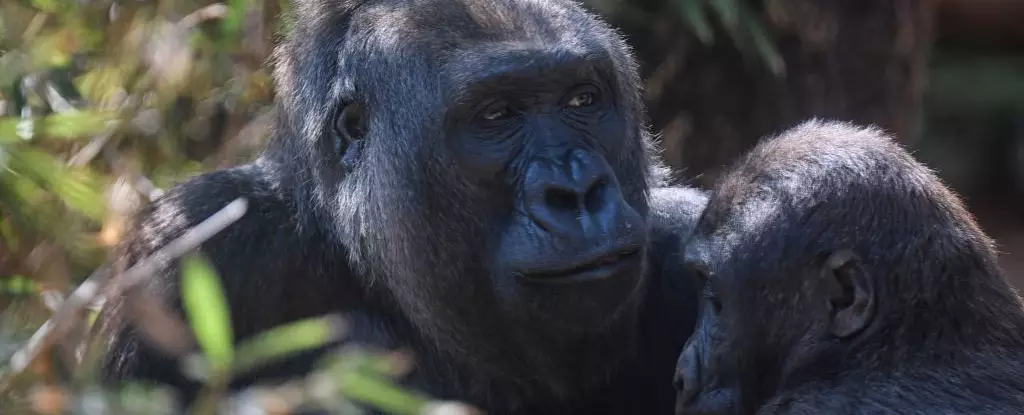The persistent threat of SARS-CoV-2, the virus responsible for COVID-19, is underscored by recent findings from a study conducted at a zoo in Brazil. This investigation, which reported that 9 out of 47 tested animals were positive for the virus, serves as a critical reminder that COVID-19 has not vacated the world stage. The research team from the Federal University of Minas Gerais highlighted the unique circumstances within zoos, where humans and animals interact closely. Such environments create a complex web of potential transmission pathways that can lead to cross-species infections.
The idea that animals in captivity can contract viruses from humans is not new, yet this study refreshes our awareness of the risks associated with these interactions. The zoo setting, which typically houses a diverse range of species in close quarters, complicates the epidemiology of viral spread. Frequent interactions between animal caretakers and wildlife could serve as conduits for disease transmission, making effective disease surveillance and control measures essential.
The study meticulously recorded instances of infection from November 2021 through March 2023, leading to the sequencing of three specific viral genomes from infected animals. Notably, both a maned wolf and a fallow deer were confirmed carriers of the Alpha variant, while a western lowland gorilla was found to harbor the Omicron strain. This variation in strains is particularly significant as it suggests multiple points of human-animal interaction, potentially aligning with broader patterns of human infection in the same geographic area.
The researchers noted a distinct clustering of SARS-CoV-2 RNA samples, indicating strong similarities between the viral genetic material found in the animals and that of humans. This proximity highlights the real risks associated with reopened zoos following pandemic restrictions. As the zoo began welcoming the public again in February 2022, an increase in infections among both zoo staff and the visiting public likely facilitated additional transmissions to animals.
In total, the animals identified as testing positive for the virus included three western lowland gorillas, several maned wolves, along with a variety of deer species. The specific findings raise broader concerns about animal welfare and conservation, especially considering the critically endangered status of the western lowland gorilla. The susceptibility of these species to SARS-CoV-2 is alarming, as infections could jeopardize conservation efforts aimed at preserving their populations.
The implications extend beyond individual species; they highlight the precarious balance of maintaining healthy wildlife populations in an era where human health crises can directly endanger animal life. Zoos play a critical role in conservation and education, and any pathogen capable of infiltrating these environments poses a dual threat to both animal and public health.
As scientists grapple with the ongoing evolution of SARS-CoV-2, understanding its potential to create new reservoirs in animal species becomes imperative. The detection of different viral variants among zoo inhabitants suggests that the virus is not only adapting but also posing significant risks of future outbreaks. This evolution raises several critical questions about our management strategies in settings where humans and wildlife intersect.
Preventive measures in zoos are crucial, not only to protect animal populations but also to mitigate the risk of zoonotic disease transmission back to human communities. Early detection and swift response protocols can provide a framework for how to handle such outbreaks and minimize the long-term impacts on both wildlife conservation and public health.
This research sheds light on the necessity of enhancing surveillance in zoological settings. The study ultimately underscores the interconnectedness of humans, animals, and the pathogens that may circulate among them—a dynamic that demands vigilance, understanding, and a proactive approach to wildlife management and public health strategy in a post-pandemic world.


Leave a Reply